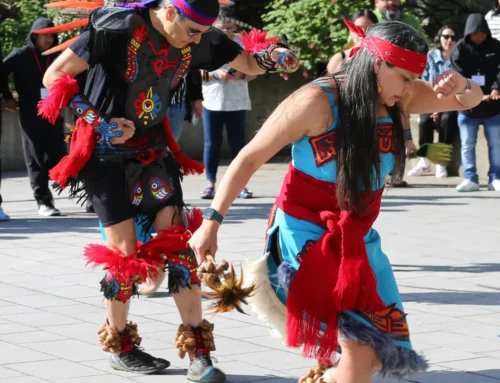Hi everyone! This winter, I attended a Zoom meeting of the Washington State Board of Education and let me tell you, I found out some very interesting information about a unique federal program called Title 1, Part C that supports migrant students, their parents, and guardians in our K-12 education system.
In the virtual meeting, Lupe Mota and Juan Hurtado from ESD 123 in Pasco shared valuable information specific to the Washington state Migrant Education Program, Title 1, Part C. Juan kicked off the presentation by sharing some mind-blowing facts about Washington State agriculture.
According to the Washington Department of Agriculture:
- Washington state is the number one U.S. producer of apples, blueberries, hops, pears, spearmint oil, and my personal favorite, sweet cherries.
- The crops listed above comprise a $10.2 billion dollar industry for our state.
Juan explained that because we have a big agriculture industry, farms depend on migrant workers to plant, harvest, rotate, prune, sort, and many other agricultural activities and for this reason, we have a large population of migrant families, in our K-12 educational system.
In the last three years, Washington has averaged 30,815 migrant students ages 3-21 years and is second in the nation with the largest migrant student population, after California.
Lupe Mota shared an overview of Title 1, Part C Migrant Education Program. She mentioned a televised documentary called Harvest of Shame by journalist Edward R. Murrow that aired on Thanksgiving, in 1960. In the documentary, the depiction of how migrant workers live and work shocked the consciousness of the nation and lead to a unique federal program to serve migrant students and their families in our education system.
Another fact I did not realize is that four Educational Service Districts in Washington State have Migrant Education Programs to support school districts that have identified migrant students (NWESD in Anacortes, ESD 171 in Wenatchee, ESD 105 in Yakima, and ESD 123 in Pasco). Geographically, the NWESD migrant team covers all of the Washington school districts west of the Cascade Mountain range. The NWESD migrant team has a greater number of school districts to serve than their partner ESD migrant education programs. However, the NWESD region has fewer migrant students compared to the other three ESDs. When Lupe shared the amazing services that the ESD migrant programs provide to school districts, I was impressed and thankful to have specific programs supporting school districts serving their migrant students and families. (picture slide 13)
I am so glad I was able to learn about all the great support, resources, and services available to migrant students and families. This programming is essential for school districts in their work to support their migrant students and families.
If a district staff would like to learn more about the NWESD Migrant Education Program, please reach out to Enrique Lopez.




